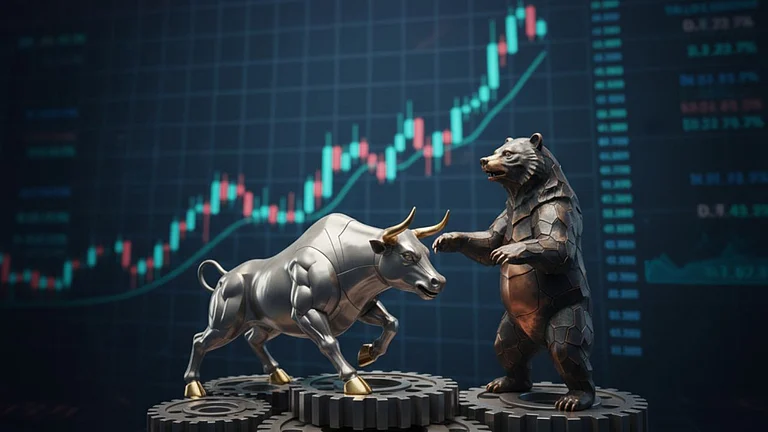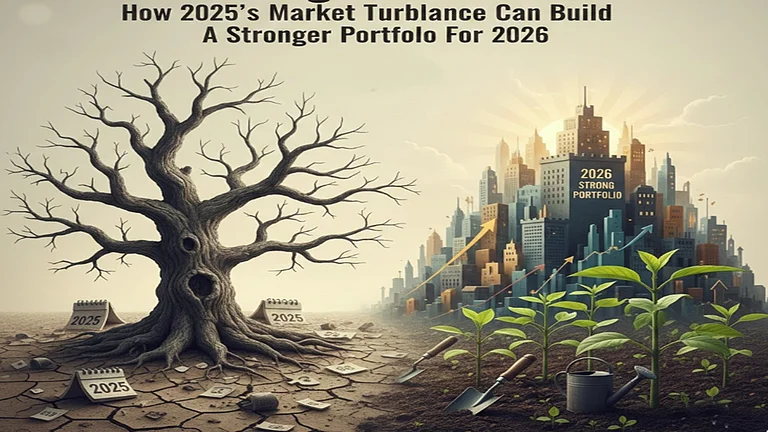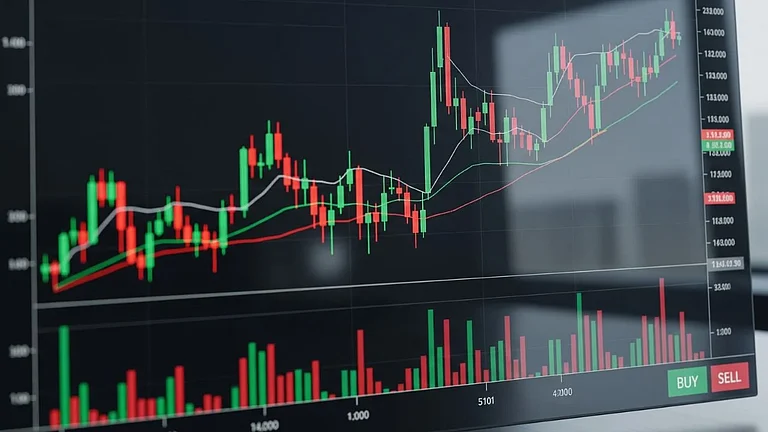The National Stock Exchange (NSE) introduced Futures and Options (F&O) contracts on four new stocks starting June 27, 2025. These stocks are 360 ONE WAM, Amber Enterprises India, Kfin Technologies, and PG Electroplast, the exchange announced in a release on June 26.
The NSE follows a strict set of eligibility norms, set by the Securities and Exchange Board of India (Sebi), to decide which stocks can be included in the F&O segment.
According to a previous Sebi circular dated August 30, 2024, new and existing stocks are considered for inclusion in the F&O segment based on the stock’s market cap, liquidity, delivery volumes, and trading activity.
However, while new contracts are being added, the NSE is also trimming its F&O list. In line with revised eligibility norms set by Sebi, the exchange will phase out eight existing stocks from the derivatives segment.
According to another circular dated June 23, no new F&O contracts will be issued for these stocks once the current series expires. The stocks exiting the F&O segment include Aditya Birla Fashion and Retail (ABFRL), Adani Total Gas (ATGL), CESC, Granules India, IRB Infrastructure, Jindal Stainless (JSL), Poonawalla Fincorp, and SJVN. The exclusion will come into full effect on August 29, 2025.
What It Means For Retail F&O Traders
When a stock gets included in the F&O segment, it usually sees a jump in trading activity, both in the derivatives segment and in the cash market.
According to Ravi Singh, senior vice president of retail research at Religare Broking, this is because access to F&O opens the stock for a broader range of market participants, from arbitrageurs and speculators to institutional investors.
Stocks with F&O contracts become more appealing to traders who use derivatives to hedge positions or make speculative bets. As a result, trading volumes often surge, and these counters see more action on a daily basis.
“Being included in the F&O segment usually increases liquidity in the cash market too, as traders and institutional investors prefer stocks they can hedge,” Singh said.














